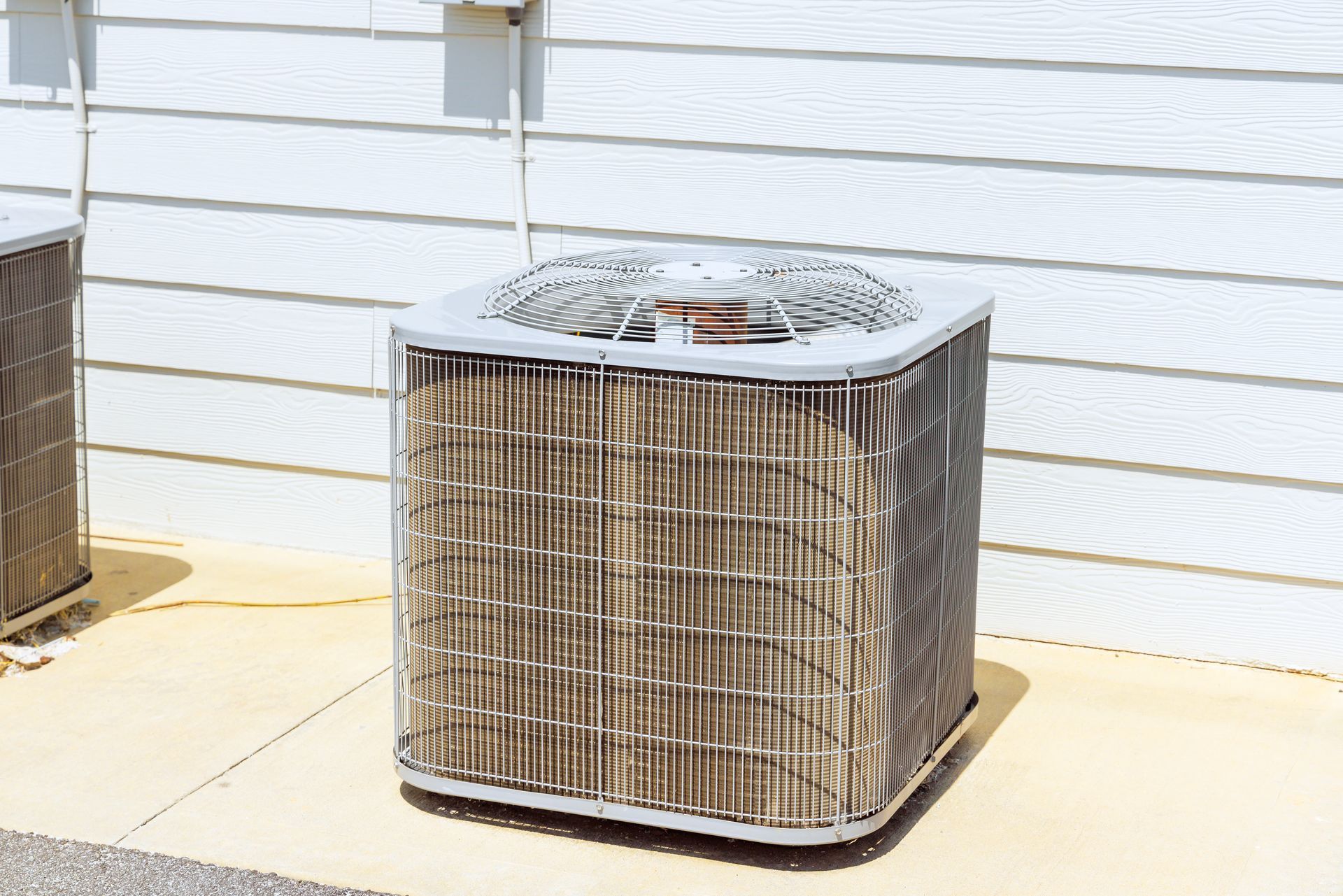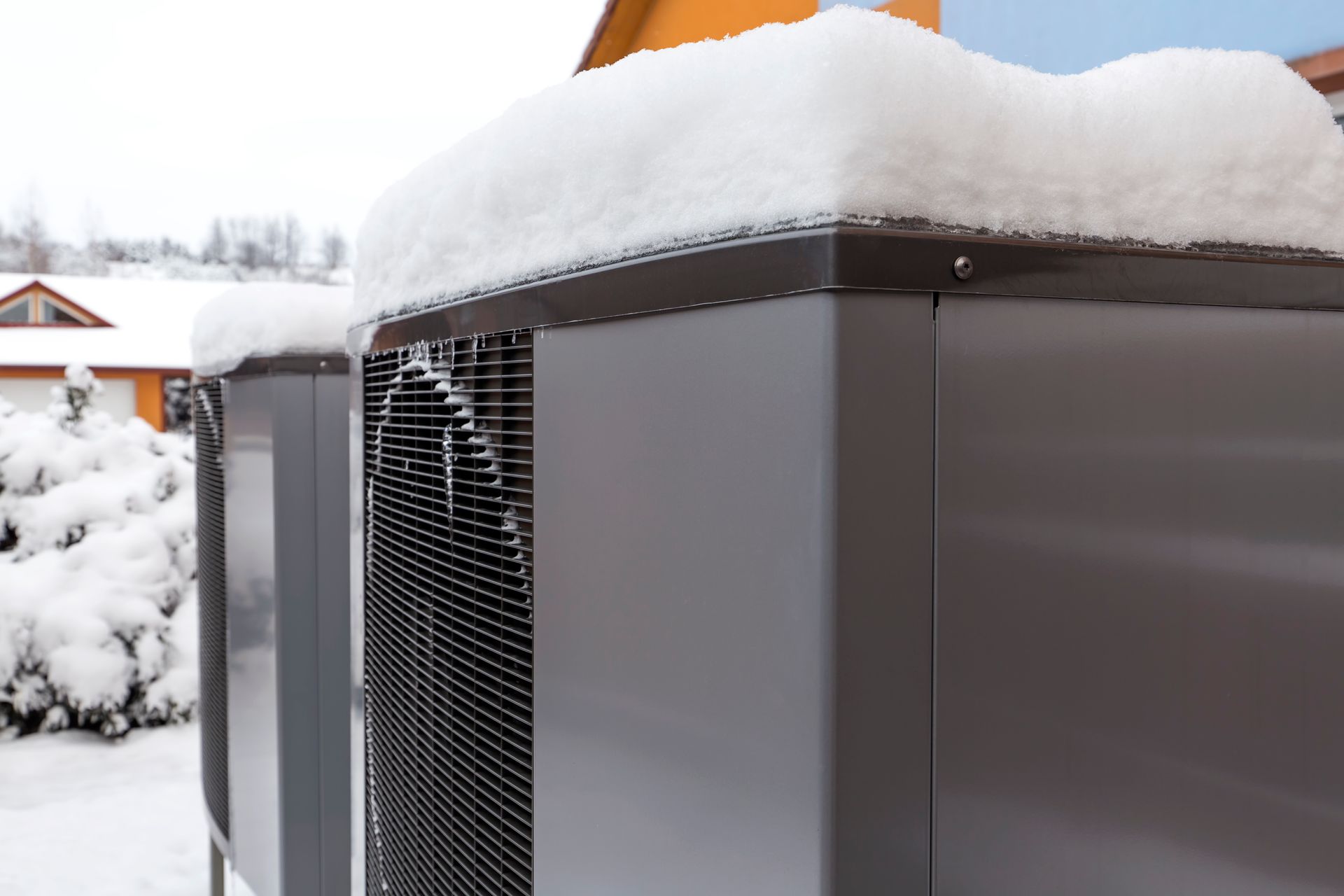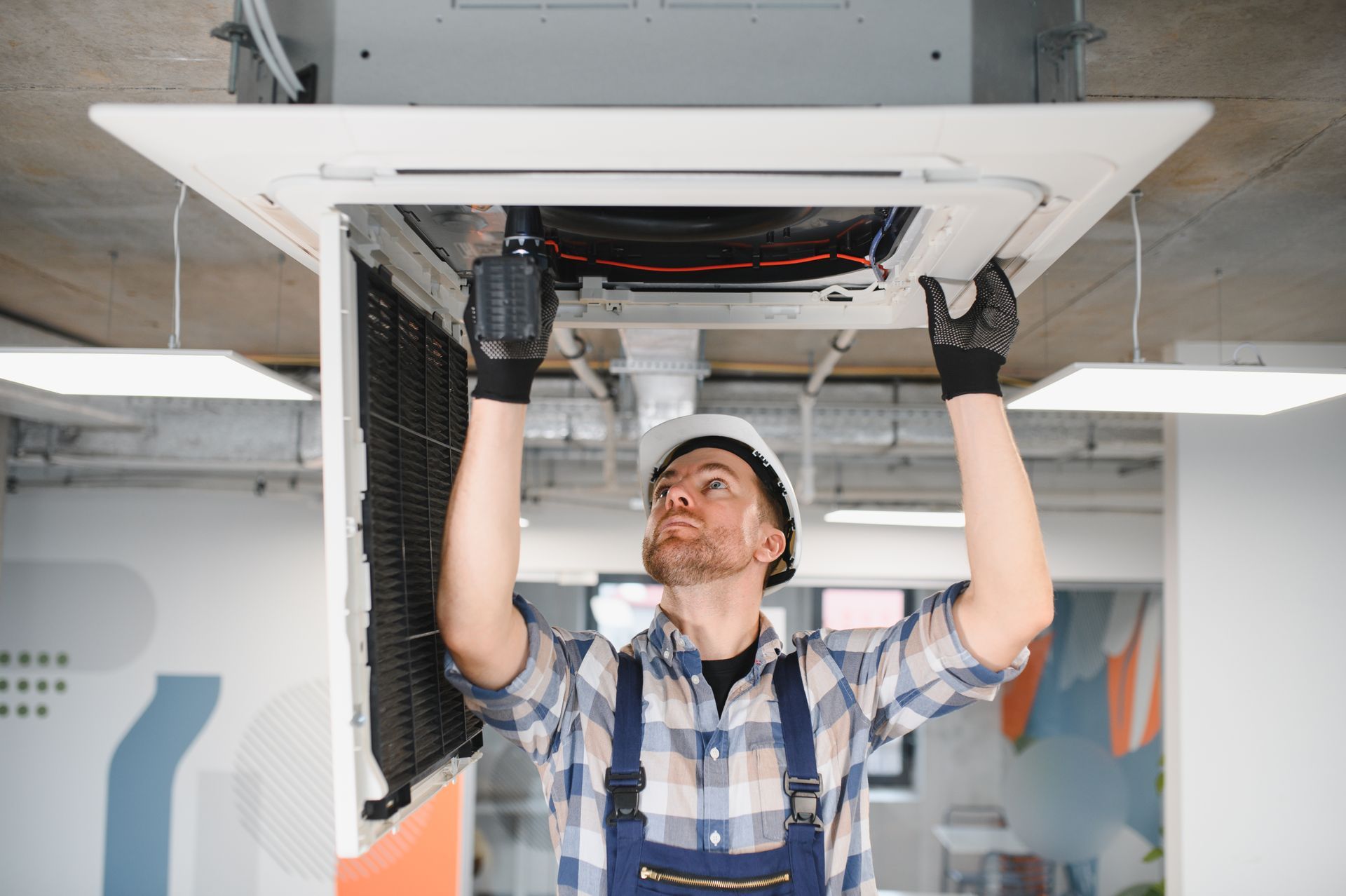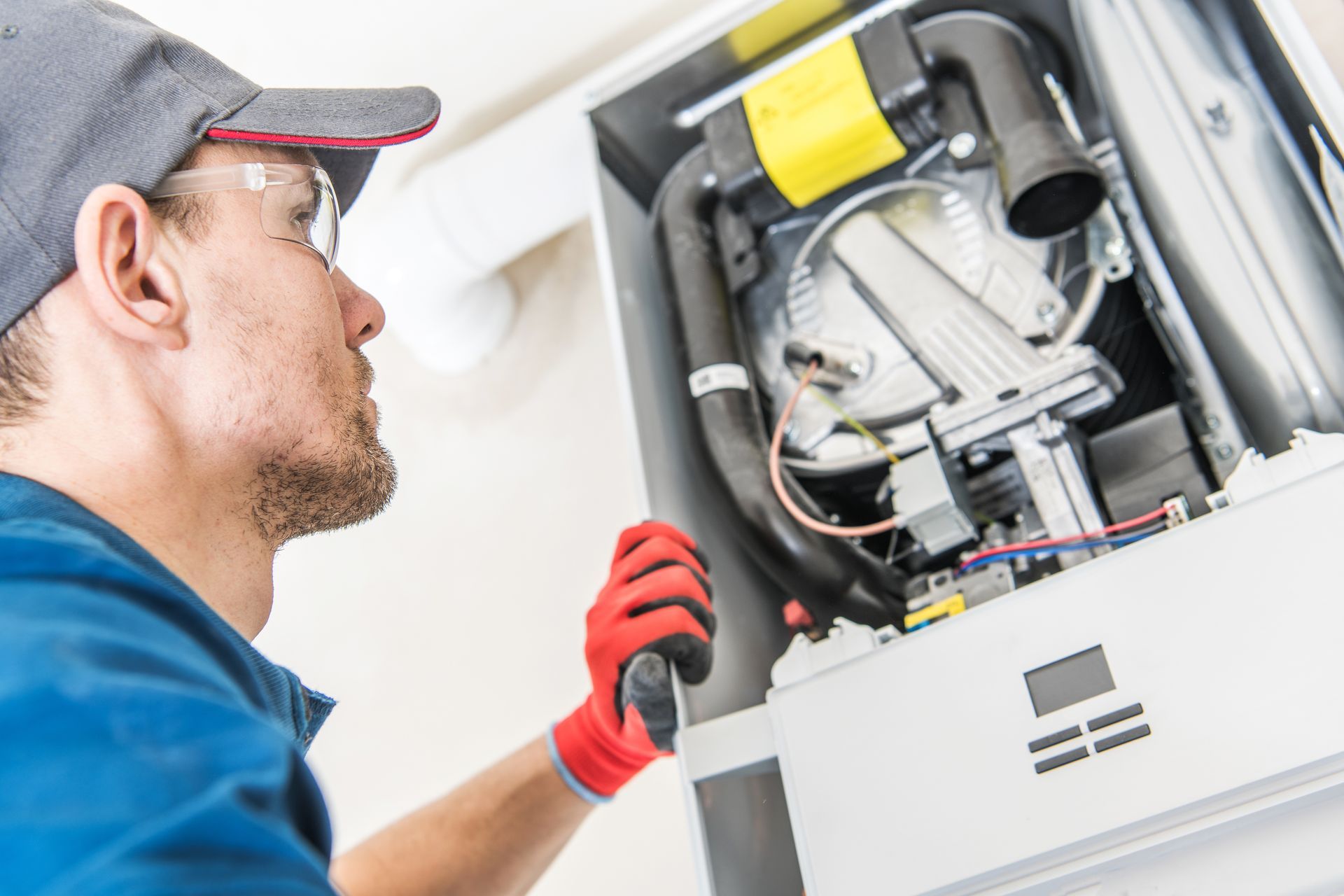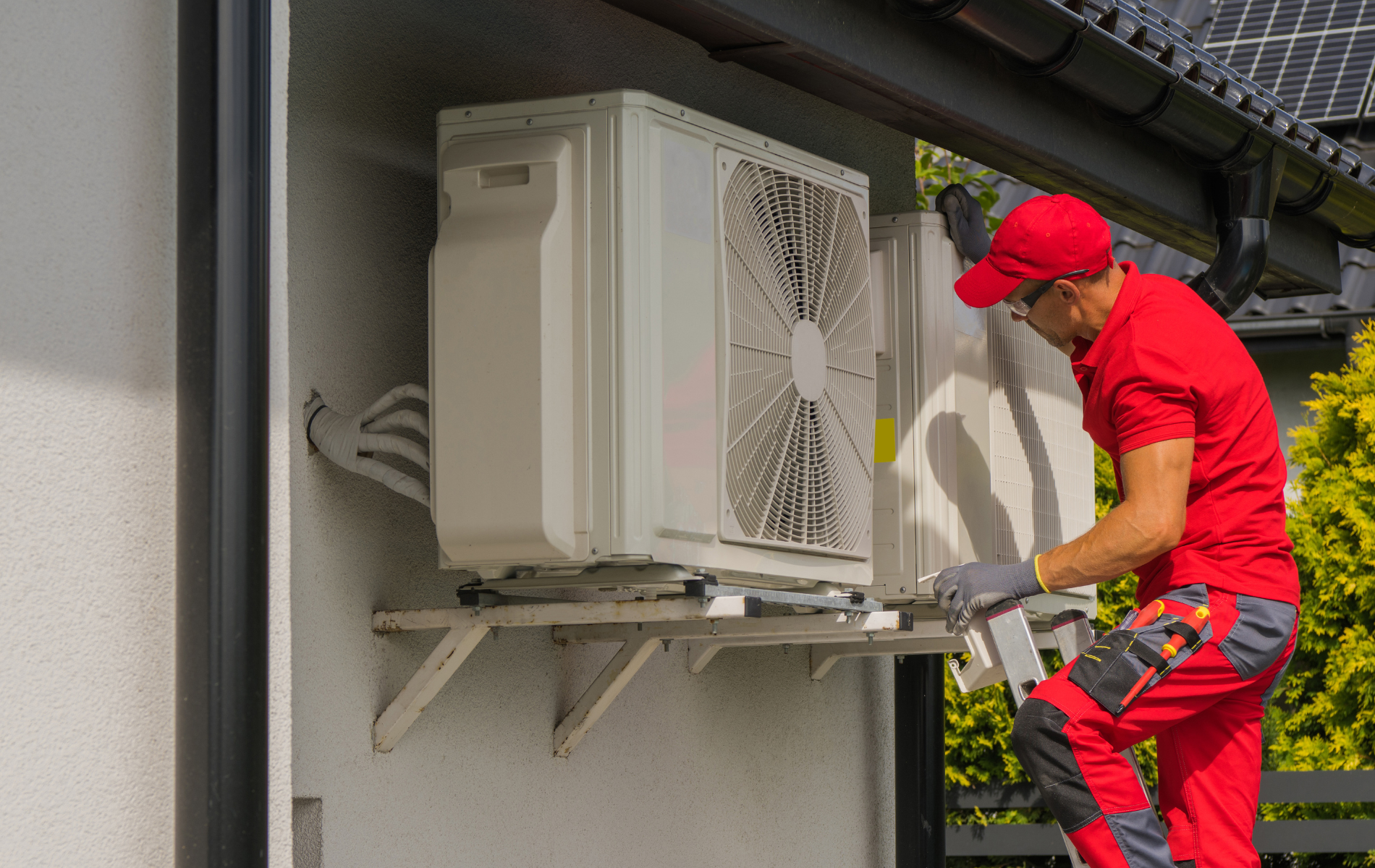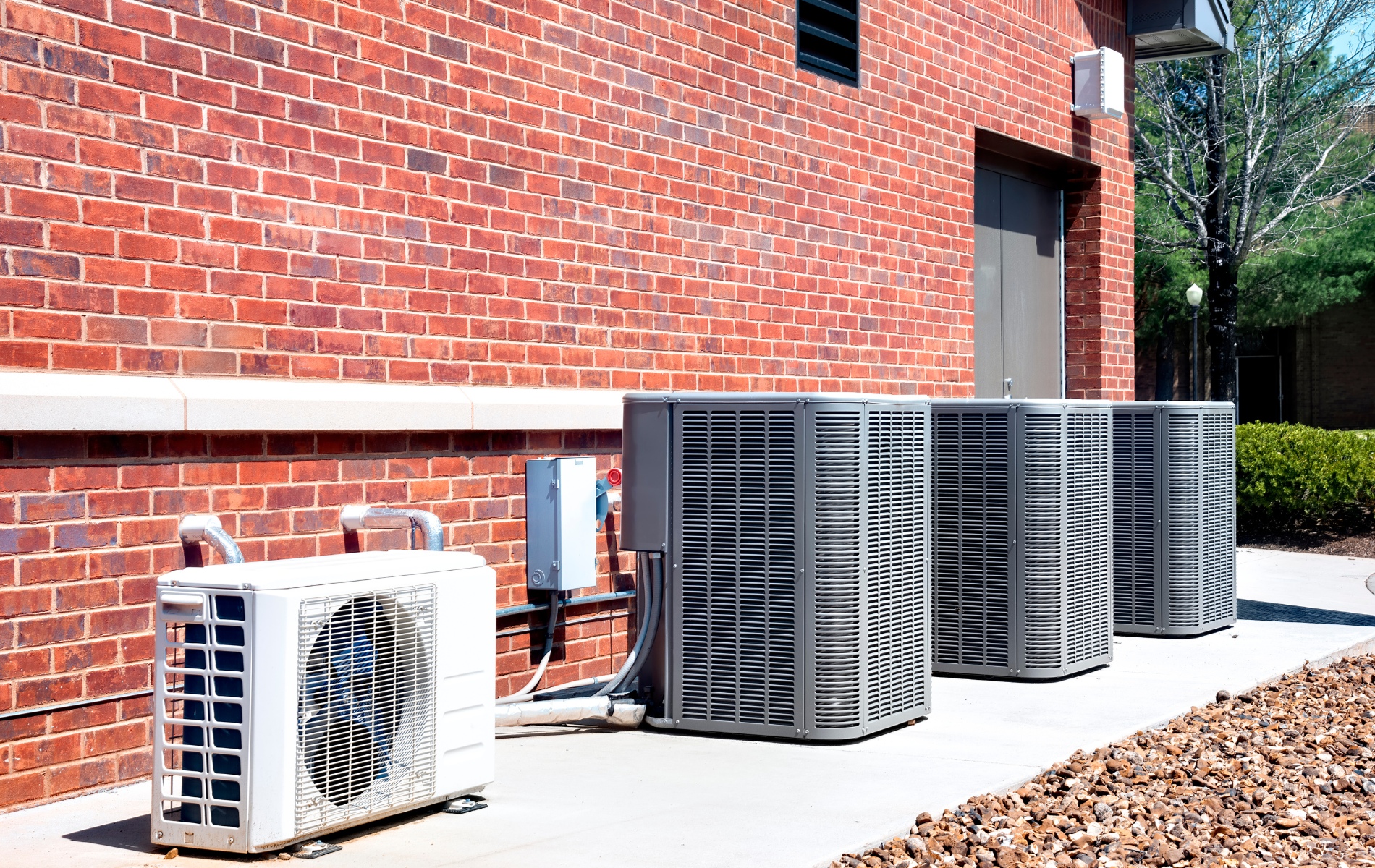Understanding Carbon Monoxide Testing and HVAC Safety
The Invisible Danger Lurking in Your Home
When it comes to heating your home safely, there’s one invisible threat you should never ignore: carbon monoxide (CO). Often referred to as the “silent killer,” carbon monoxide is odorless, colorless, and deadly when left undetected.
As experienced HVAC professionals serving Logan, UT and surrounding areas, we take carbon monoxide testing and HVAC safety seriously—especially in cold-weather climates like Utah and Idaho, where gas-powered furnaces, fireplaces, and water heaters work overtime throughout the fall and winter.
Here’s what every homeowner and business should know about CO, how it relates to your HVAC system, and the proactive steps you can take to protect your loved ones, employees, and property year-round.
What Is Carbon Monoxide?
Carbon monoxide is a toxic gas produced when fuel sources like natural gas, propane, oil, coal, or wood burn incompletely. Many everyday appliances can produce CO if not properly installed or maintained.
CO can come from:
- Furnaces and boilers
- Gas water heaters
- Fireplaces (wood-burning or gas)
- Gas ranges and ovens
- Portable generators
- Vehicles left idling in garages
Because you can’t see, smell, or taste CO, the only way to detect it is with professional testing and functioning carbon monoxide detectors.
Why HVAC Systems Pose a CO Risk
Your HVAC system is supposed to keep you comfortable—not put you at risk. But if your heating equipment is old, poorly maintained, or damaged, it can become a major source of carbon monoxide.
Common HVAC-related CO risks include:
- Cracked heat exchangers in gas furnaces
- Blocked or disconnected vent pipes
- Improper installation of new systems
- Dirty burners or failing flame sensors
- Poor airflow and ventilation in utility rooms
- Corroded or leaking gas fittings
Even something as simple as a bird’s nest in a chimney flue or snow blocking a side vent can cause carbon monoxide to back up into your home.
Symptoms of Carbon Monoxide Poisoning
Because CO is invisible and odorless, poisoning often goes unnoticed until it becomes severe. The symptoms can be mistaken for flu or fatigue, especially in the winter.
Early symptoms include:
- Headaches
- Nausea and vomiting
- Dizziness or confusion
- Blurred vision
- Chest tightness
- Shortness of breath
Advanced symptoms:
- Memory loss
- Disorientation
- Loss of consciousness
- Seizures
- Death (in high concentrations)
If you or anyone in your household experiences these symptoms—especially near gas appliances—evacuate immediately and call 911. Then shut off your HVAC system if safe to do so.
The Role of Professional Carbon Monoxide Testing
Air quality isn’t just about comfort; it’s about your health. Poorly maintained HVAC systems can spread:
- Dust
- Pet dander
- Pollen
- Mold spores
- Bacteria and allergens
Our service plans include:
- Filter inspection and replacement
- Ductwork inspections
- Humidifier and dehumidifier checks
- Coil cleaning to prevent mold and mildew buildup
This is especially important for households with children, seniors, or anyone with asthma or allergies.
5. Get Priority Service When It Counts Most
While carbon monoxide detectors are important, they only go off when danger is present. To prevent that danger from ever happening, professional HVAC inspection and testing is critical.
At Four Seasons Heating & A/C, our CO safety inspection includes:
- Inspecting your furnace, boiler, or water heater
- Testing for CO near all gas-burning appliances
- Checking for proper combustion and flame behavior
- Examining the heat exchanger for cracks or corrosion
- Verifying that all venting systems are clear and correctly installed
- Gas leak testing at connectors and valves
- Testing or replacing CO detectors for function and battery life
We include carbon monoxide testing as part of our annual furnace maintenance and offer it year-round for both residential and commercial clients.
Real-Life Example from Logan, UT
A family in Logan, UT contacted us for a pre-winter safety inspection after experiencing persistent headaches and nausea. Our technician found a cracked heat exchanger leaking carbon monoxide into the home. The family had no CO detectors installed.
We shut the system down immediately, replaced the furnace, and installed detectors on each floor. It was a life-saving call—and a reminder of why CO testing should never be skipped.
Where and How to Install CO Detectors
CO detectors are your first line of defense—but they need to be installed correctly and tested regularly to be effective.
We recommend placing CO detectors:
- On every level of your home
- Outside each bedroom or sleeping area
- Near furnaces, water heaters, or gas appliances
- In attached garages or areas where cars are parked
Pro tips:
- Do not install them too close to cooking appliances or windows
- Replace batteries twice a year (often during daylight saving time changes)
- Test monthly, and replace the device every 5–7 years
Want help with installation? We’ll take care of placement and testing as part of any service call.
HVAC Safety Tips for Every Season
In addition to professional carbon monoxide testing, follow these HVAC safety tips to protect your home or workplace year-round:
- Schedule annual furnace tune-ups and system cleanings
- Keep vents and chimneys clear of snow, leaves, and debris
- Don’t use gas ovens or stoves as space heaters
- Avoid running vehicles inside attached garages
- Inspect gas fireplaces and logs regularly
- Never DIY gas line work—call a licensed pro
Commercial CO Testing and Compliance
If you own or manage a business, carbon monoxide is not only a safety issue—it’s a legal and liability concern. Commercial HVAC systems often serve high-traffic areas like:
- Restaurants
- Offices
- Schools
- Retail spaces
- Multi-family housing units
A single undetected leak could put dozens of people at risk. Our commercial CO testing helps ensure:
- Employee and customer safety
- Compliance with local building codes
- Reduced legal exposure
- Proper equipment longevity and operation
We offer scheduled testing and annual service plans for commercial properties across Logan, Cache Valley, and beyond.
CO Safety Starts With a Phone Call
Carbon monoxide doesn’t give you a warning, but we do. The best way to protect your family, tenants, or team is through proactive inspections and routine HVAC care.
At Four Seasons Heating & A/C, we proudly serve homeowners and businesses throughout Northern Utah and Southern Idaho with trusted, certified HVAC services. Don’t wait for symptoms—prevent the problem before it starts.
Schedule a CO Safety Check Today.


